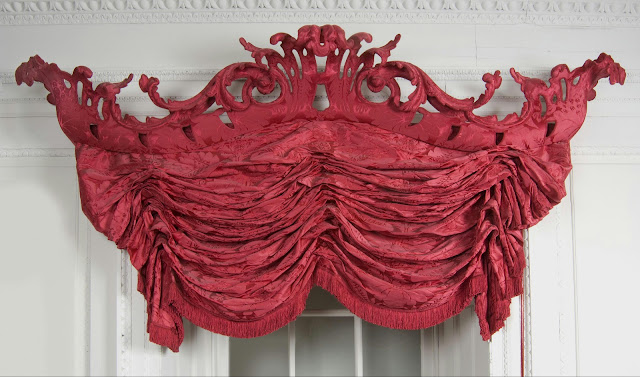 |
| Olive Cotton Max Dupain ca. 1930 gelatin silver print National Gallery of Australia, Canberra |
 |
| Max Dupain Self Portrait ca. 1935 gelatin silver print Art Gallery of New South Wales, Sydney |
 |
| Olive Cotton Max 1935 gelatin silver print National Gallery of Australia, Canberra |
 |
| Max Dupain Fashion Shot 1937 gelatin silver print National Gallery of Australia, Canberra |
-1937-gelatin-silver-print-National-Gallery-of-Australia-Canberra.jpg) |
| Max Dupain Fashion Shot for retailer David Jones 1937 gelatin silver print National Gallery of Australia, Canberra |
-Miss-Peggy-Buchanan-1938-gelatin-silver-print-National-Gallery-of-Australia-Canberra.jpg) |
| Max Dupain Surreal Portrait of Miss Peggy Buchanan for The Home [Australian magazine] 1938 gelatin silver print National Gallery of Australia, Canberra |
 |
| Olive Cotton Max Dupain 1939 gelatin silver print Art Gallery of New South Wales, Sydney |
 |
| Olive Cotton Max after surfing 1939 gelatin silver print National Gallery of Australia, Canberra |
 |
| Max Dupain Miss Noleen Woodward 1940 gelatin silver print National Gallery of Australia, Canberra |
 |
| Max Dupain Portrait of Loudon Sainthill (illustrator and stage designer) 1946 gelatin silver print National Gallery of Australia, Canberra |
 |
| Max Dupain Ticket Sellers, Minerva Theatre 1946 gelatin silver print National Gallery of Australia, Canberra |
 |
| Max Dupain Meat Queue 1946 gelatin silver print Queensland Art Gallery, Brisbane |
 |
| Max Dupain Office of Harry Seidler & Associates, Architects, Milsons Point, Sydney 1973 C-print National Gallery of Australia, Canberra |
 |
| Max Dupain Theatre Royal, Sydney designed by Harry Seidler & Associates 1976 gelatin silver print National Gallery of Australia, Canberra |
 |
| Max Dupain Untitled 1978 gelatin silver print Art Gallery of New South Wales, Sydney |
 |
| Jill White Portrait of Max Dupain 1989 gelatin silver print National Gallery of Australia, Canberra |
"I find that my whole life, if it is going to be of any consequence in photography, has to be devoted to that place where I have been born, reared and worked, thought, philosophised and made pictures to the best of my ability. And that's all I need." – Max Dupain
















-c1985-screenprint-(postcard)-National-Gallery-of-Australia-Canberra.jpg)
-c1986-screenprint-(postcard)-National-Gallery-of-Australia-Canberra.jpg)
-c1986-screenprint-(postcard)-National-Gallery-of-Australia-Canberra.jpg)
-National-Gallery-of-Australia-Canberra.jpg)



























